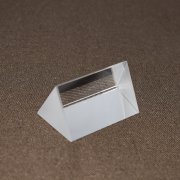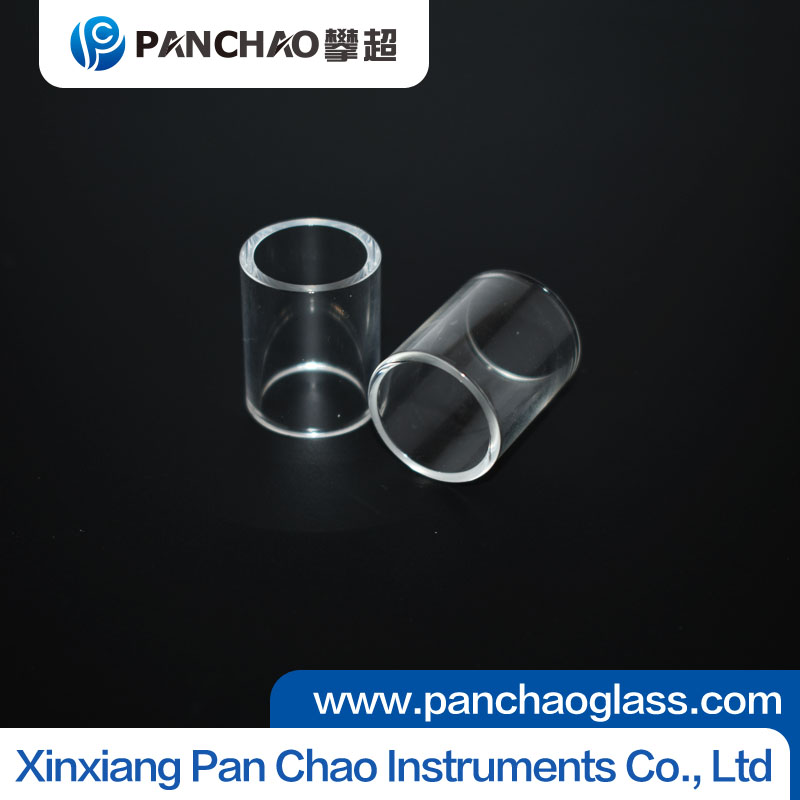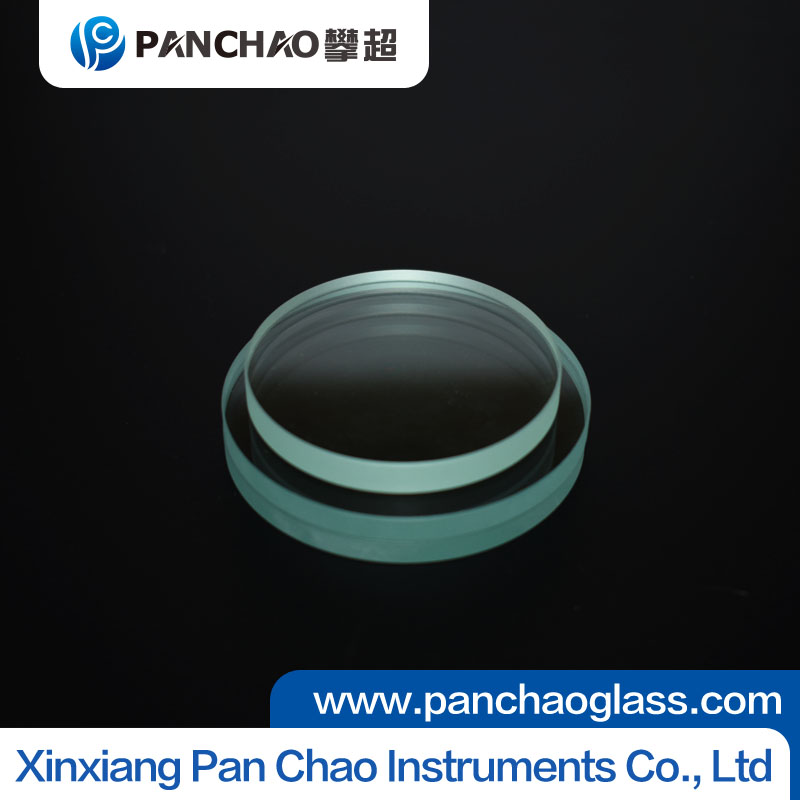
Comparison of Borosilicate, Quartz, and Tempered Glass: Three Leading Materials
In industrial and laboratory applications, glass is chosen not just for transparency but also for its thermal, chemical, and mechanical properties. Among the most common types are borosilicate glass, quartz glass, and tempered glass—each offering distinct advantages suited to different environments.
1. Borosilicate Glass: The Balanced Performer
Borosilicate glass is widely known for its excellent thermal shock resistance and chemical stability. It can withstand temperatures up to 450°C and sudden temperature changes without cracking, making it ideal for laboratory equipment, sight glasses, and chemical containers. Its low coefficient of thermal expansion ensures stability under heating and cooling cycles, while its affordability makes it a practical choice for general use.
2. Quartz Glass: The Premium Material
Quartz glass, made from nearly pure silicon dioxide, stands out for its exceptional heat and light transmission performance. It tolerates temperatures exceeding 1,000°C and has superior UV and infrared transparency, making it perfect for high-temperature furnaces, optical systems, and semiconductor manufacturing. Additionally, quartz is highly resistant to most acids and oxidizers, though it is relatively more expensive and fragile during handling.
3. Tempered Glass: The Safety Specialist
Tempered glass is ordinary glass strengthened through rapid heating and cooling, giving it 4–5 times the mechanical strength of standard glass. It is particularly valued for impact resistance and safety—if broken, it shatters into small blunt pieces rather than sharp shards. However, its thermal resistance (typically below 250°C) is lower than that of borosilicate or quartz, limiting its use in high-temperature environments.
Conclusion
When selecting a glass type, the key is matching material properties to application needs: borosilicate for balanced performance, quartz for extreme temperature and optical precision, and tempered glass for durability and safety. Each material excels in its own field, ensuring reliability across a wide range of industrial and scientific uses.
Related articles
- Sight Glass Selection Guide for High-Temperature Environments
- Protective Measures Against Tempered Sight Glass Explosion
- Key Precautions for Secondary Processing of Tempered Glass
- Future Trends: How Smart Equipment Is Shaping New Demands for
- Challenges and Solutions in Processing Extra-Thick Sight Glas
- Limitations and Precautions in Secondary Processing of Temper
- Custom Small Glass Tube Case Study: From Drawing to Finished
- Impact Resistance of Tempered Small Glass Tubes: Advantages a
- Can Tempered Glass Tubes Withstand High Pressure? Experimenta
- How Heat-Resistant Is Borosilicate Glass Tubing? Why It’s t

Xinxiang Pan Chao Instruments Co., Ltd.
Tel: +86 13343800331
Contact person:Carrie Niu
Fax: 0373 303 0331
Email:sales@panchaoglass.com






